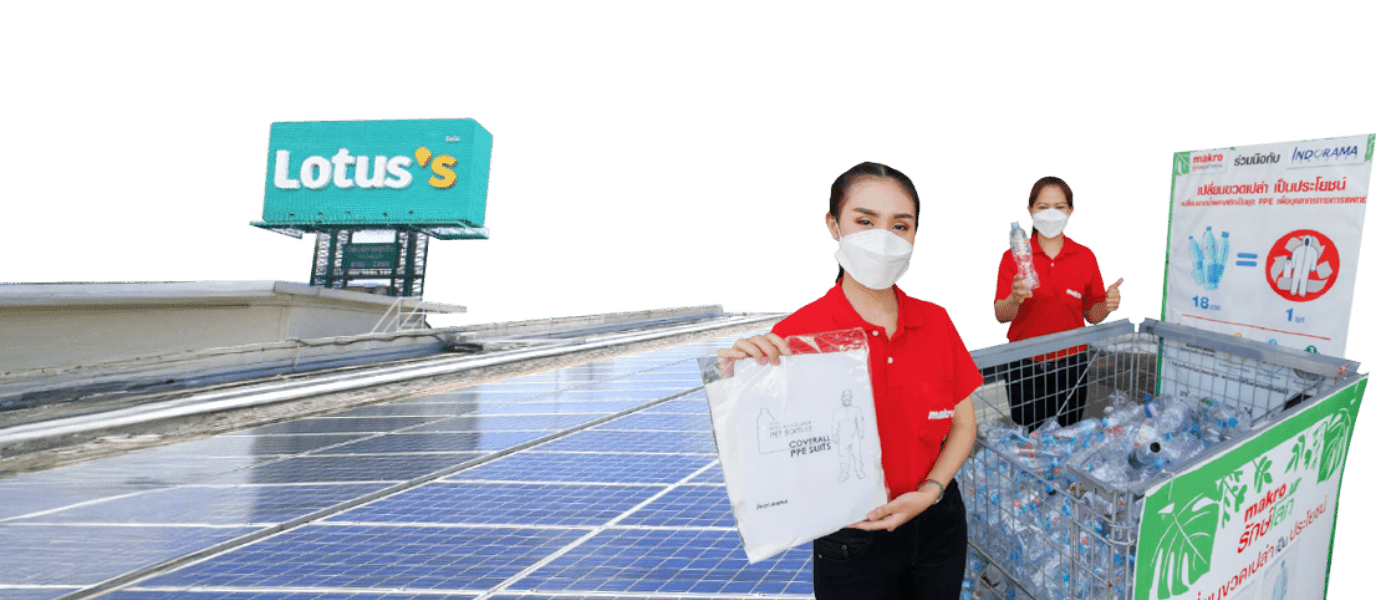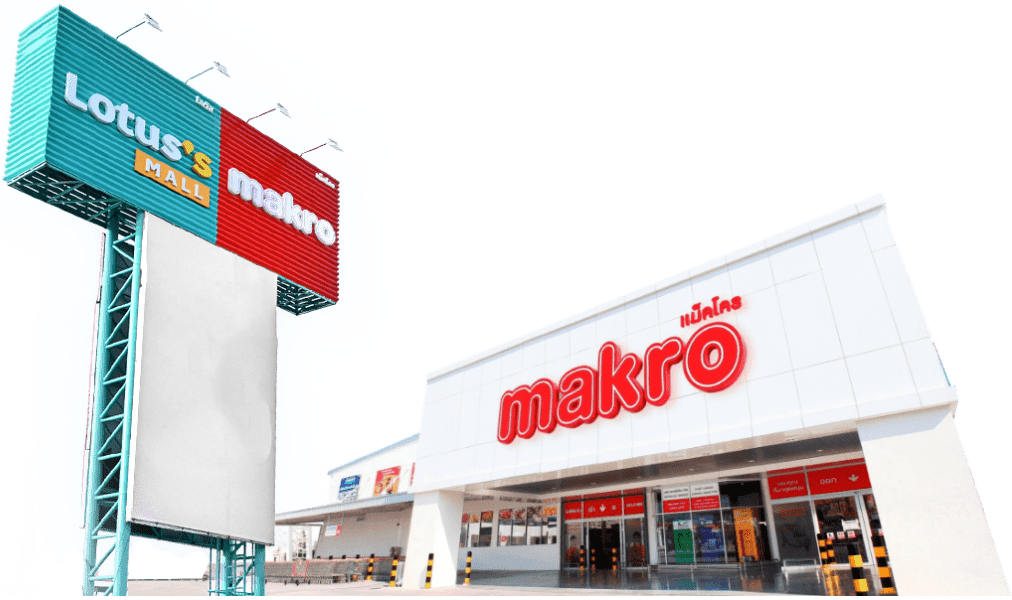


The company values the environmental-friendly business operation, efficient resource utilization and minimizing environmental impact from the supply chain on ecosystems and biodiversity to ensure the natural resource is sufficiency for our future generation.
Our Performance 2024
(Performance during 1 Jan -31 Dec 2024. The Company and its subsidiaries with the target and progress covers all business operation.)
Climate Resilience
CP Axtra commits Carbon Neutral within 2030 (reduce 42% of Scope 1 & 2 and 25% of Scope 3) and towards Net Zero within 2050 (90% reduction of Scope 1 & 2 and 90% reduction of Scope 3) compared to base year 2020 with the target and progress covers all company’s business operation.
On 8th August 2024, CP Axtra committed the near term and net zero to SBTi and seeking to align with criteria within 24 months. (see our commitment on SBTi website : Companies taking action - Science Based Targets Initiative)
The Company assessed its exposures to climate-related risks and opportunities across scenarios and time horizons, and have developed a climate strategy framework to comprehensively manage their potential impact. providing disclosure on its climate governance, strategy, climate-related risk management and metrics, and targets in line with the recommendations of the Task Force on Climate-related Financial Disclosures (TCFD).
Medium-Long Term target:
Achieve carbon neutrality by 2030 (compared to the 2020 baseline), reducing Scope 1+2 emissions by 42% and Scope 3 emissions by 25%, with a goal of net-zero carbon emissions by 2050 (reducing Scope 1+2 by 90% and Scope 3 by 90%).
2024 Target:
Reduce Scope 1&2 emissions by 8% and increase renewable energy utilization ratio to 10%.
2024 Result:
- Scope 1&2 emissions reduced by 1.38% from the baseline year or 11,378.40 tons CO2 equivalent.
- Renewable energy utilization ratio increased to 276,588.12 tons or 16% of the total energy used.
Target to achieve carbon neutrality (Scope 1+2) by 2030 and Net zero by 2050

SBT Target: Scope 1+2 reduce by 42% by 2030, 90% by 2050

SBT Target: Scope 3 reduce by 25% by 2030, 90% by 2050

Policy Risk and Opportunity
Governance
Action and Result
Energy Management
TCFD Report
CDP Report
Appendix 9 for Sustainability Annual Report (GRI Report)
Environmental Policy and Strategy

Circular Economy
We commits Zero Waste to Landfill within 2030. To achieve the target, we has monthly waste audits to identify opportunities for improving waste performance and the result has reported to Waste management team and being all related employee and manager annual performance evaluation (KPI). All related functions have action plans to reduce waste generation and must report the progress to top management as monthly basis.
The company investment in innovation for shrinkage management hardware and software, including the waste reduction training provided to 100% of employees. The Waste reduction strategy has implementing and communicate to all employee and stakeholder as
Long term target by 2030:
Zero waste and food waste sent to landfills and use sustainable packaging.
2024 Target:
Reduce food waste sent to landfills by at least 40% of total food waste.
2024 Result:
Reduce 14.34% of the total food waste sent to landfills.
- Target zero waste and food waste sent to landfills

- Target using 100% sustainable packaging

Policy Risk and Opportunity
Action and Result
Appendix 9 for Sustainability Annual Report (GRI Report)

Water Stewardship
Long term target by 2030:
Reduce water intensity per revenue unit by 20% compared to the 2020 baseline.
2024 Target:
Reduce by at least 8% year-on-year.
2024 Result:
Not achieved annual target, with water intensity increasing to 11.34 cubic meters per million THB.

Policy Risk and Opportunity
Action and Result
Appendix 9 for Sustainability Annual Report (GRI Report)

Ecosystem & Biodiversity Protection
Long term target by 2030:
- 100% of business units and Tier 1 suppliers do not encroach on declared conservation areas.
- 100% of high-risk raw materials are traceable.
2024 Target:
100% of stores and distribution centers are not encroach on declared conservation areas.
2024 Result: Achieved the long-term target
- 100% of store and distribution center and tier 1 supplier or are not in the natural heritage reservation area.
- 100% traceability of high-risk raw materials.


Responsible supply chain management
Long term target by 2030:
- 100% of suppliers assessed ESG risk.
- 100% of high-risk suppliers are on-site audited and corrective actions.
2024 Target:
100% of significant supplier has been ESG assessed
2024 Result: Achieved annual target
- 95.67% of significant suppliers assessed ESG risks.

- 100% high-risk suppliers completing on-site assessments and corrective actions.

